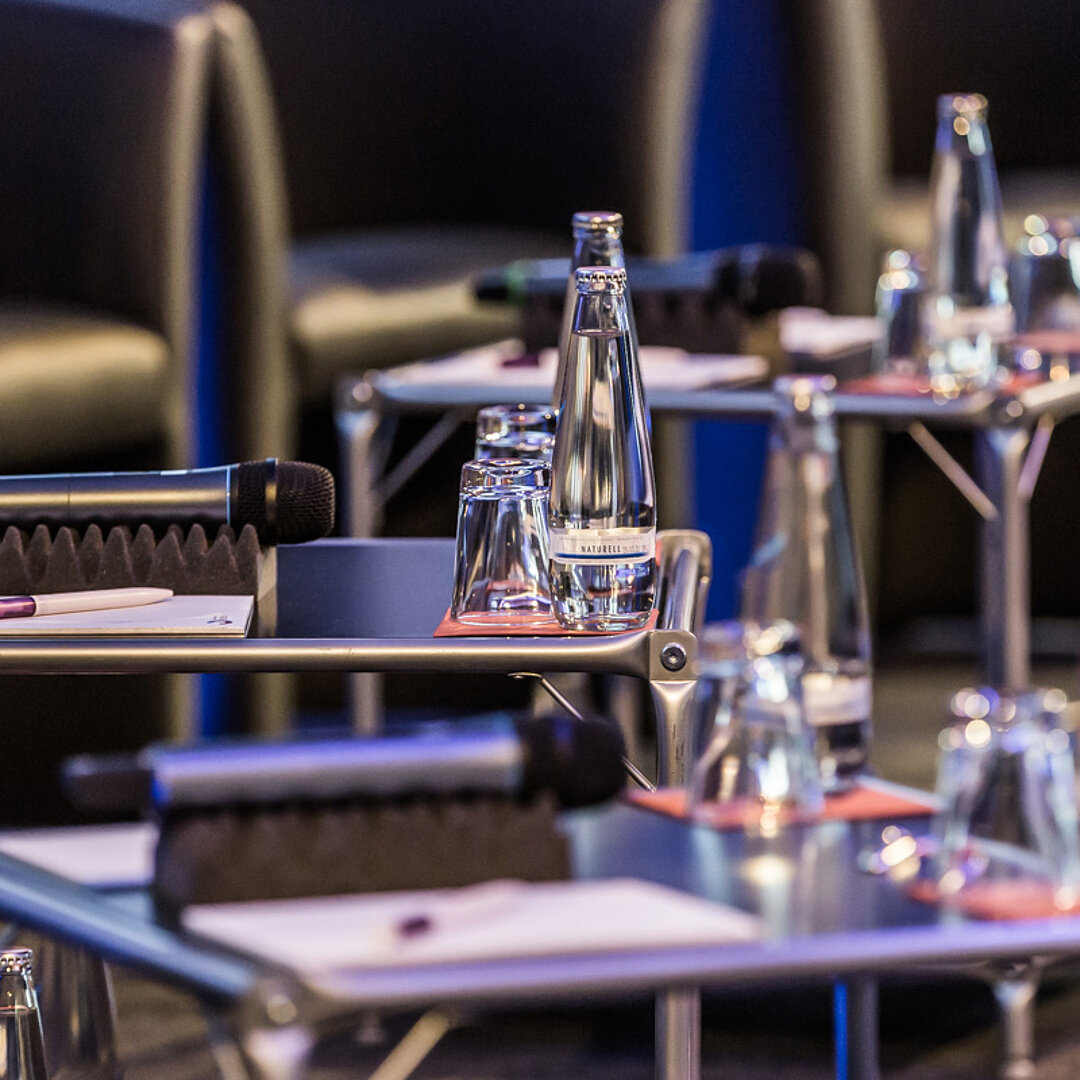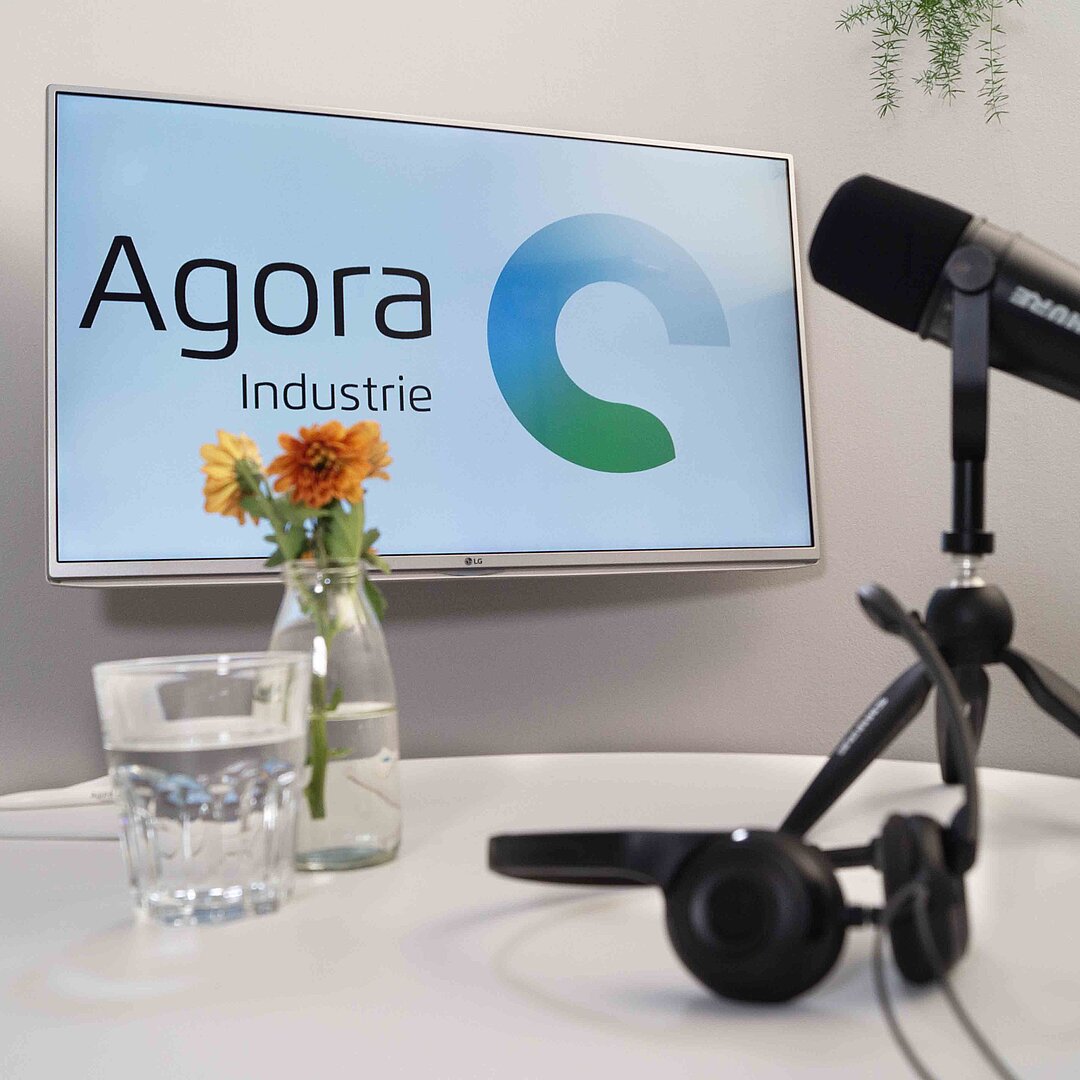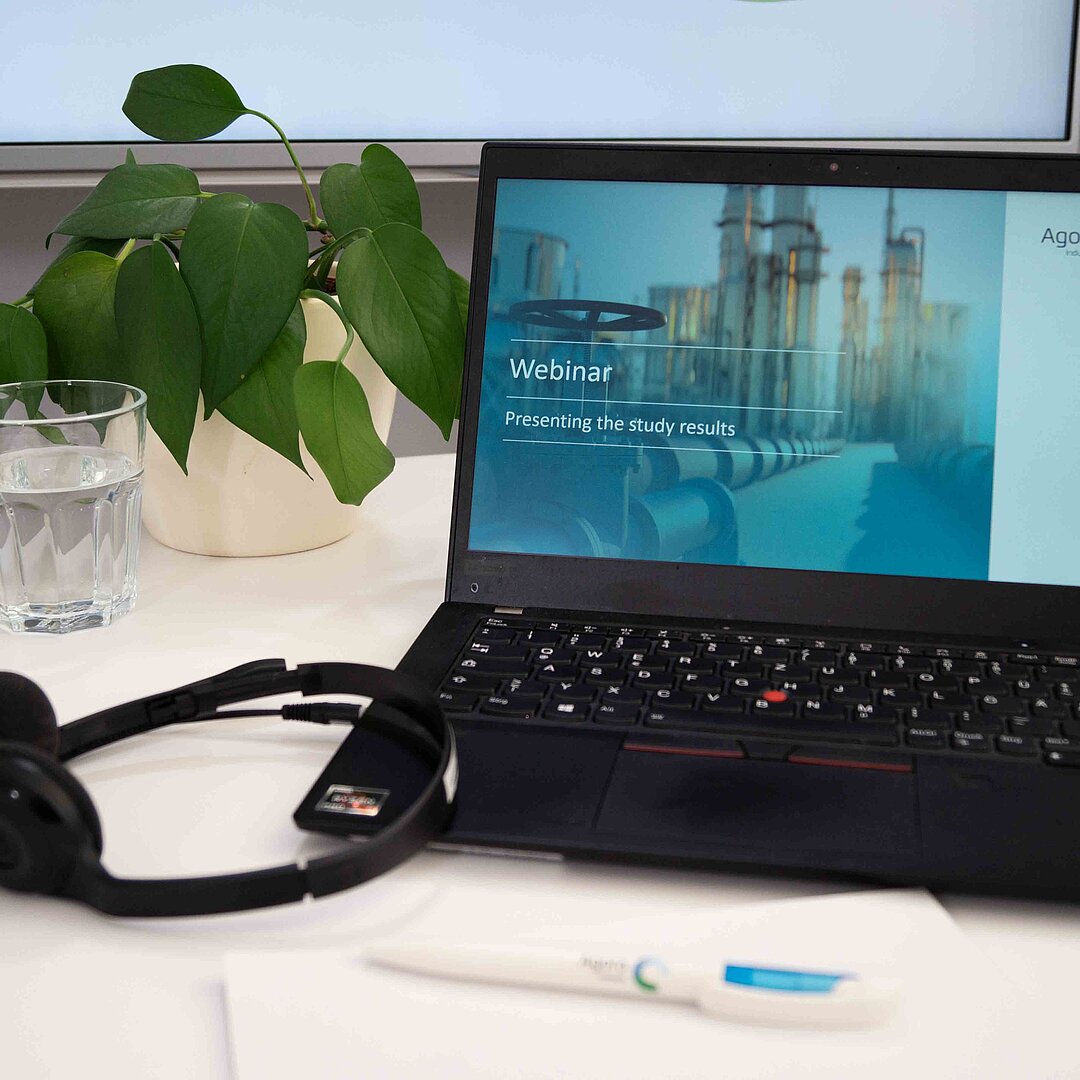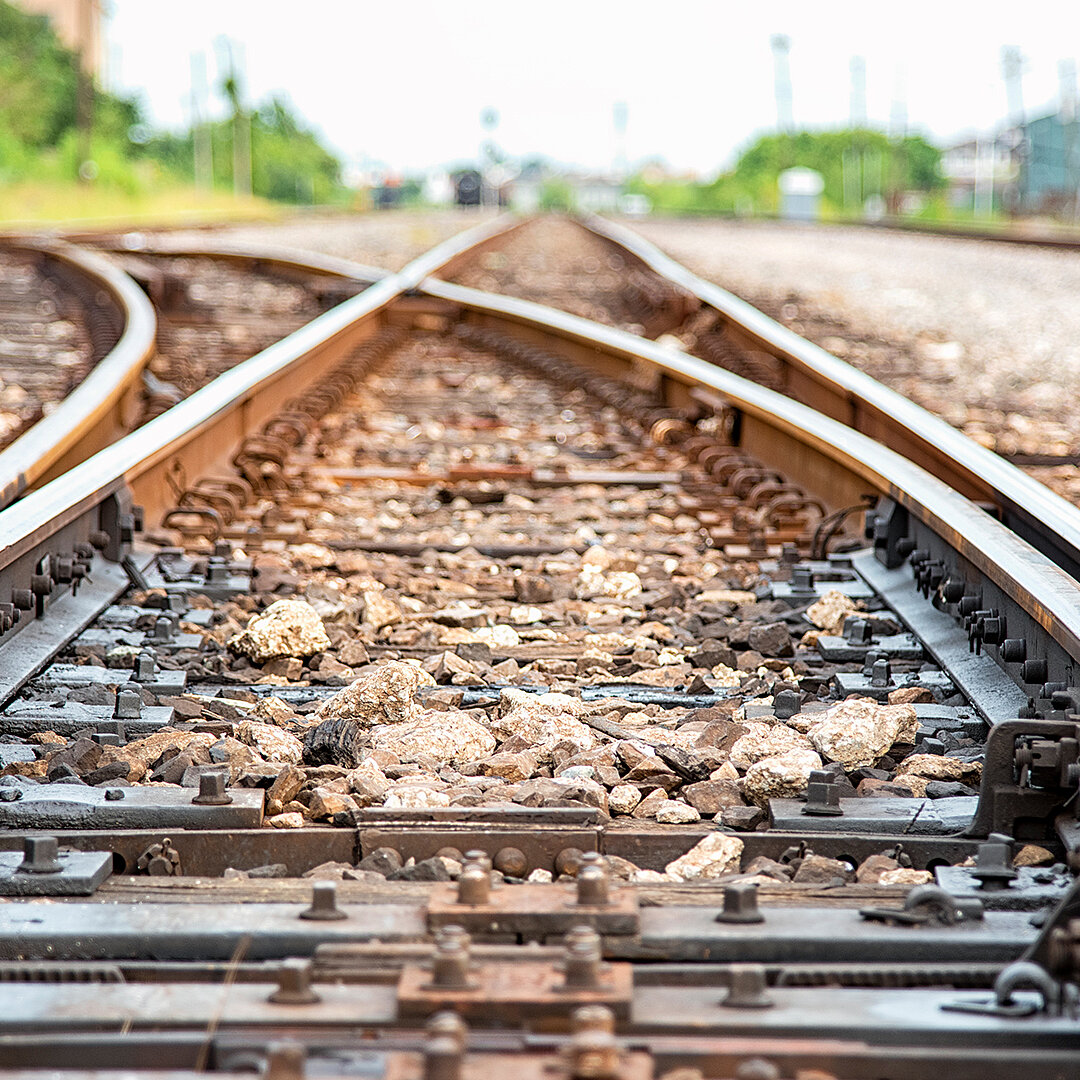- Version number
- 2.1
- Publication date
-
25 October 2023
- Suggested Citation
- Agora Industry (2023): Global Steel Transformation Tracker. Model version 2.1, Berlin, 25.10.23
- Project
- This publication was produced within the framework of the project Global Steel Transformation.
This content is also available in: German
Global Steel Transformation Tracker
A digital tool that measures progress in key indicators of the global steel transformation including reinvestment requirements, low-carbon steel announcements and the transformation gap until 2030.

About this tool
The Global Steel Transformation Tracker is a digital tool that measures progress in key indicators of the global steel transformation. It includes country-specific information on reinvestment and new investment requirements of coal-based steelmaking capacity. It tracks companies’ announcements on low-carbon steel capacity to be deployed before 2030. The tracker also sheds light on the 2020s transformation gap – that is, whether low-carbon steel announcements in a country are sufficient to substitute coal-based steelmaking capacity that will reach the end of its technical operating life before 2030. Finally, the tool tracks the first announced partnerships around the international trade of green iron. The tracker is a live tool that will be updated regularly.
State of play
Steel is a vital material for modern societies and is used in a wide range of applications. At the same time, the steel sector is responsible for 8% of global CO2 emissions and one sixth of global coal consumption. If the steel sector were a country, this would put it among the ranks of the world‘s largest CO2-emitting and coal-consuming nations. Browse this section to find out more.
The low-carbon steel pipeline
The race to green steel has started and the 2030 project pipeline of low-carbon steel plants is growing rapidly. In this section we track low-carbon steel projects by technology, announcement and deployment year as well as location. Given the importance of direct reduced iron (DRI) as the most scalable low-carbon primary steelmaking technology before 2030, this section tracks the intended fuel use, technology type and the amount of final investment decisions of announced DRI projects. This section will be regularly updated as new project are announced.
A shift from coal to clean is needed
Currently, more than 70% of steel production is coal based, causing more than 95% of the CO2 emissions of the steel sector. For the steel sector to transform in line with a Paris-compatible decarbonisation pathway, a rapid shift from coal to clean steelmaking technologies will be needed. In this section we track the current steel production sites and compare DRI with coal-based CCS project announcements. We will regularly update this section as new data becomes available and we learn about new projects.
Global steel at a crossroads
The 2020s are crossroads for the global steel sector. On the one hand, more than 70% of existing coal-based blast furnaces capacity will reach the end of their campaign lives in this decade and require reinvestment decisions. On the other hand, some emerging economies with rising steel demand are planning to build new coal-based steel plants that have technical lifetimes far beyond 2050. Shifting these investments from coal to clean technologies is critical to minimise stranded asset risks and put the steel sector on a Paris-compatible steel decarbonisation trajectory.
Closing the 2020s transformation gap
In this section we highlight to what extent countries are closing their 2020s transformation gap by substituting their coal-based steelmaking assets. This section tracks the blast furnace substitution plans of various countries and gives an overview of the state of play in the G7 and the G20. Finally, this section highlights the emergence of international partnerships that can enable the transition to low-CO2 steelmaking. We will regularly update this section as we learn about new projects.
Bibliographical data
Our experts
-

Wido K. Witecka
Project Manager Industry (until June 2024)


![[Translate to English:] Kathy Reimann](/fileadmin/_processed_/a/e/csm_Kathy_Reimann_WEB_519bb84b36.jpg)





![The global steel industry can achieve net-zero emissions by the early 2040s [Translate to English:]](/fileadmin/_processed_/8/f/csm_15_insights_global_steel_news_73f640a802.jpg)




![Shifting global steel reinvestments from coal to clean [Translate to English:]](/fileadmin/_processed_/9/e/csm_global-steel_project_news_2_283e600f74.jpg)
